From Swift, west to Anderson, was part of the Erwin Mill village called Monkey Bottom. Farther west was the community of Hickstown, near Trent.
The new east-west expressway destroyed hundreds of houses in the three communities. In the 1970s, Duke tore down 450 mill houses to make room for its new Central Campus. (You can see granite curbs, from the old mill village, down by the large pond in Duke Gardens.)
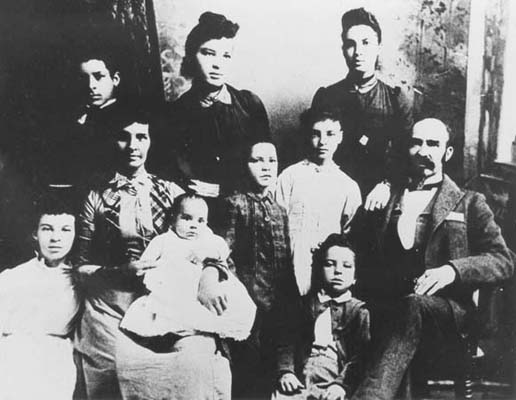
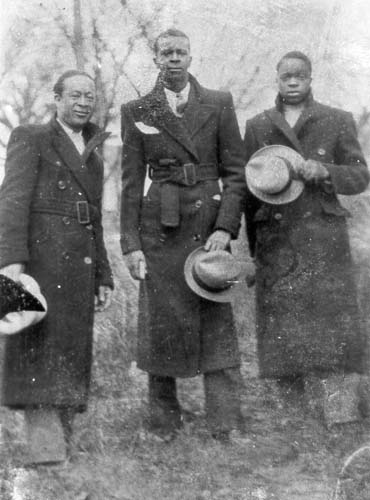

Men and women of Sunday School class enjoy barbecue in a backyard in Brookstown. Much of the old Brookstown and Hickstown communities were lost when the Durham Freeway was built.

Tintype of church shows some disrepair -- cardboard in windows, loose wood on roof. Church was located on Ferrell St. near Swift.
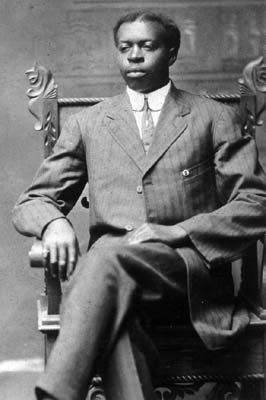
Formal portrait of young man who lived in Brookstown and was employed by Erwin Cotton Mills .

Teenager in bangs and bobby-sox on Thaxton Avenue (Caswell Street today). Apartment building at left was used over the years as a lodge, church, cafe, grocery store, and family dwelling. Today, Ms. Winston lives in Las Vegas and the hillside behind her is the Swift Street Apartments.
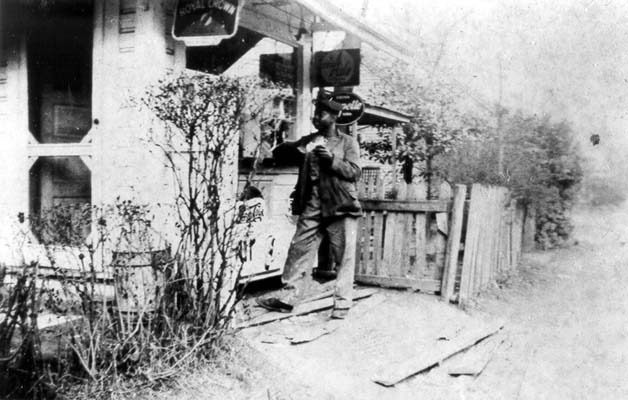
Located near present-day Caswell and Swift.

purchase at market in Brookstown (ca. 1930).

Long shot of back yard, with five women and girls behind a house (near present-day Casewell and Powe). Today, the house is gone and the Durham Freeway now runs just past the old telephone pole. The African-American settlement of Brookstown (today, mostly under the freeway and along either side of Swift Street) was once dotted with dozens of one-story frame houses. Moses Hester owned a house on West Pettigrew (near Swift) which served as both a carpenter's shop and a church. Most residents of Brookstown worked either in the tobacco factories or at Erwin Mills.
|
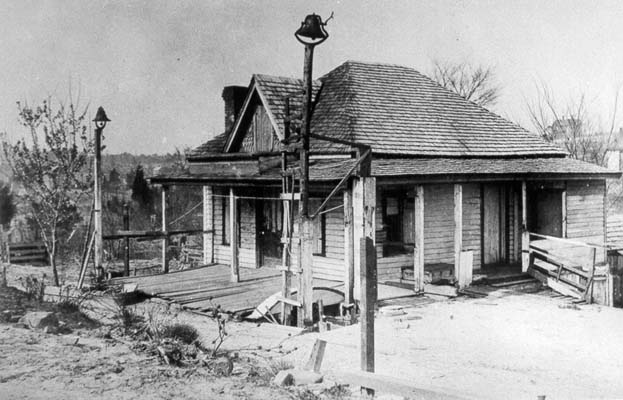
Small square house built on sloped land has two bells mounted on tall posts -- one bell for Sunday, and one for weekdays to get to the factory in time. Others worked at the Marvin Teer Brickyard located near Swift and Faber streets. The brickyard was later sold to Samuel Fitzgerald who operated the famous Fitzgerald Brickyard. According to historian Alice Eley Jones, Erwin Mills and several other factories in Durham were built using the famous Fitzgerald bricks. The old brickyard site is now Duke's Freeman Center for Jewish Life (and if you look in the underbrush you can still see a brick or two).

First-grade class of young children pose with their teachers on the steps of the West End School, located on Ferrell Street, near present-day Swift Street. Farther west stood the settlement of Hickstown (where Duke's Central Campus stands today). Hickstown was named after landowner Hawkins Hicks -- whose tombstone can still be found on the eastern edge of the Erwin Mills cemetery. In 1978, City and State leaders sought to push the Durham Freeway through Brookstown and Hickstown. In response, a coalition of community residents and progressive whites worked to save Hickstown by rebuilding it behind the VA medical center. This effort resulted in a $10 million settlement for the Crest Street community that, for the first time in U.S. history, used highway relocation funds to benefit an entire neighborhood instead of individual homeowners. Today, Hicks Street (near the St. Francis Animal Hospital) stands as a quiet reminder of the old community.
Above photographs courtesy of the NC Collection at the Durham County Library.
